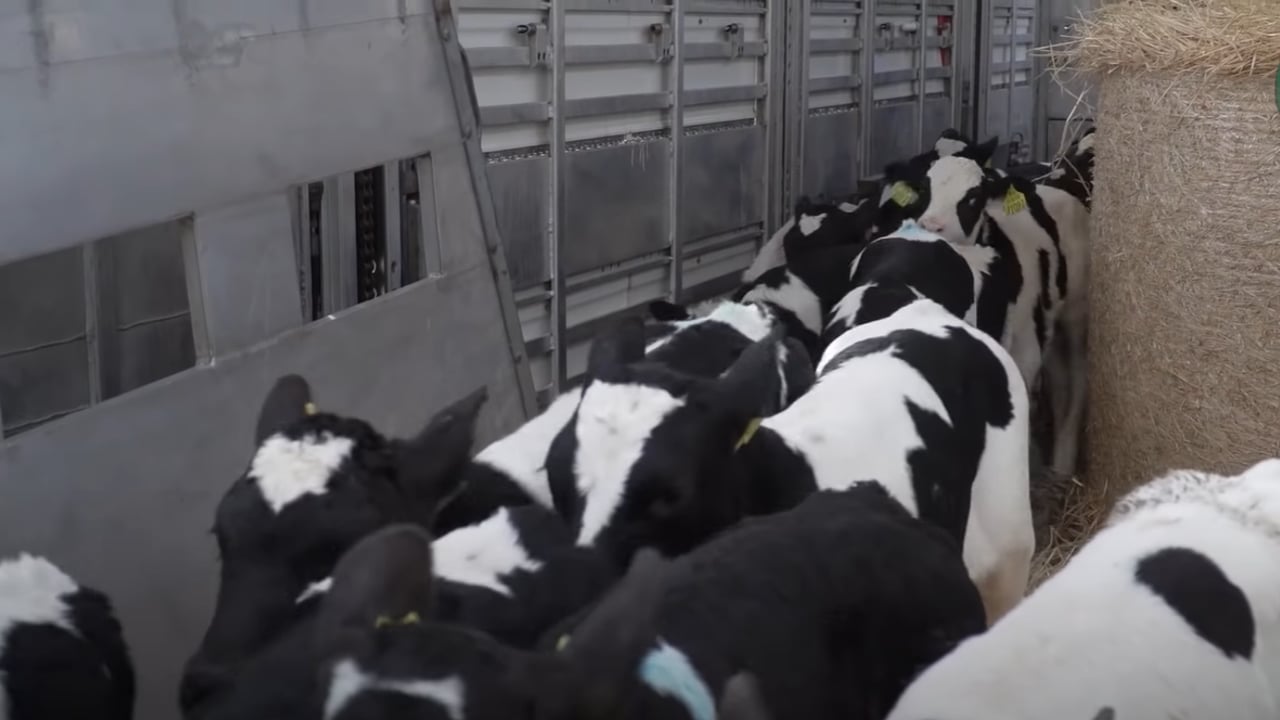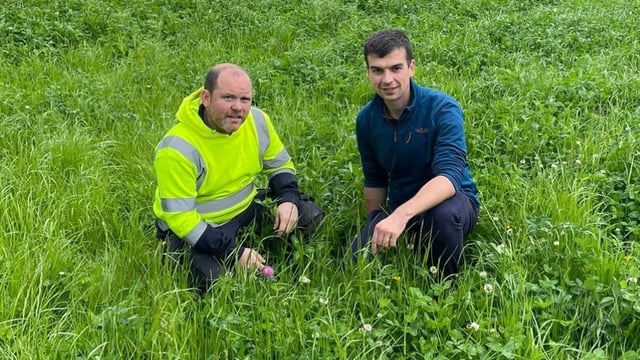Plan for strict restrictions on calf exports to Netherlands from 2026
Calf exports from Ireland to the Netherlands could face strict new rules from January 2026 which could see the trade come to a halt.
A plan entitled 'Veal Forward' was presented to the Dutch government in recent weeks by its House of Representatives, which is calling on the government to implement the plan.
It includes criteria which must be met in order for Ireland and other member states be allowed to export calves to the Netherlands.
Under the plan, calf exports from Ireland, and from other member states, will only be possible in 2026 under the following criteria:
- That the country of origin can prove that calf energy levels are maintained at a certain level throughout the journey, regardless of distance/hours travelling;
- Calves must be fed twice within every 24-hour period en route with a maximum gap between feeds of 14 hours (Irish calves would therefore have to be fed on the ferry);
- Calves will be transported in enclosed trucks with mechanical ventilation from 2030;
- If infectious bovine rhinotracheitis (IBR) requirements can be met.
The plans states (translated to english): "The sector strongly supports goal setting and believes that there are various means that can contribute to achieving the objectives in the areas of animal health, animal welfare, transport, climate and environment."
The plan also acknowledges that in order to fulfil the preconditions for calf imports into the Netherlands, adjustments to animal husbandry systems and at other links in the supply chain will be needed.
It is suggested that livestock farmers should receive financial relief to make the "desired move".
The Dutch agriculture industry has a well developed IBR eradication programme with many farms already declared IBR-free.
The Dutch have indicated that sourcing calves from vaccinated herds is not enough, that countries must have a national eradication programme in place and Ireland does not have such a programme yet.
Farms in the Netherlands would be required to only source animals from herds with the same health status, which could be a huge barrier for Irish calf exports.
The Netherlands has been our largest calf export market for several years and is an important outlet for pure dairy male calves in particular.
There have been 77,000 calves exported to the Netherlands so far this year, back from 103,000 calves in the same period in 2024, according to Bord Bia's data.
A number of factors contributed to this decline including ferry delays, a later calving pattern in the dairy herd, a declining supply of pure dairy male calves and better market opportunities elsewhere such as Spain and eastern Europe.





